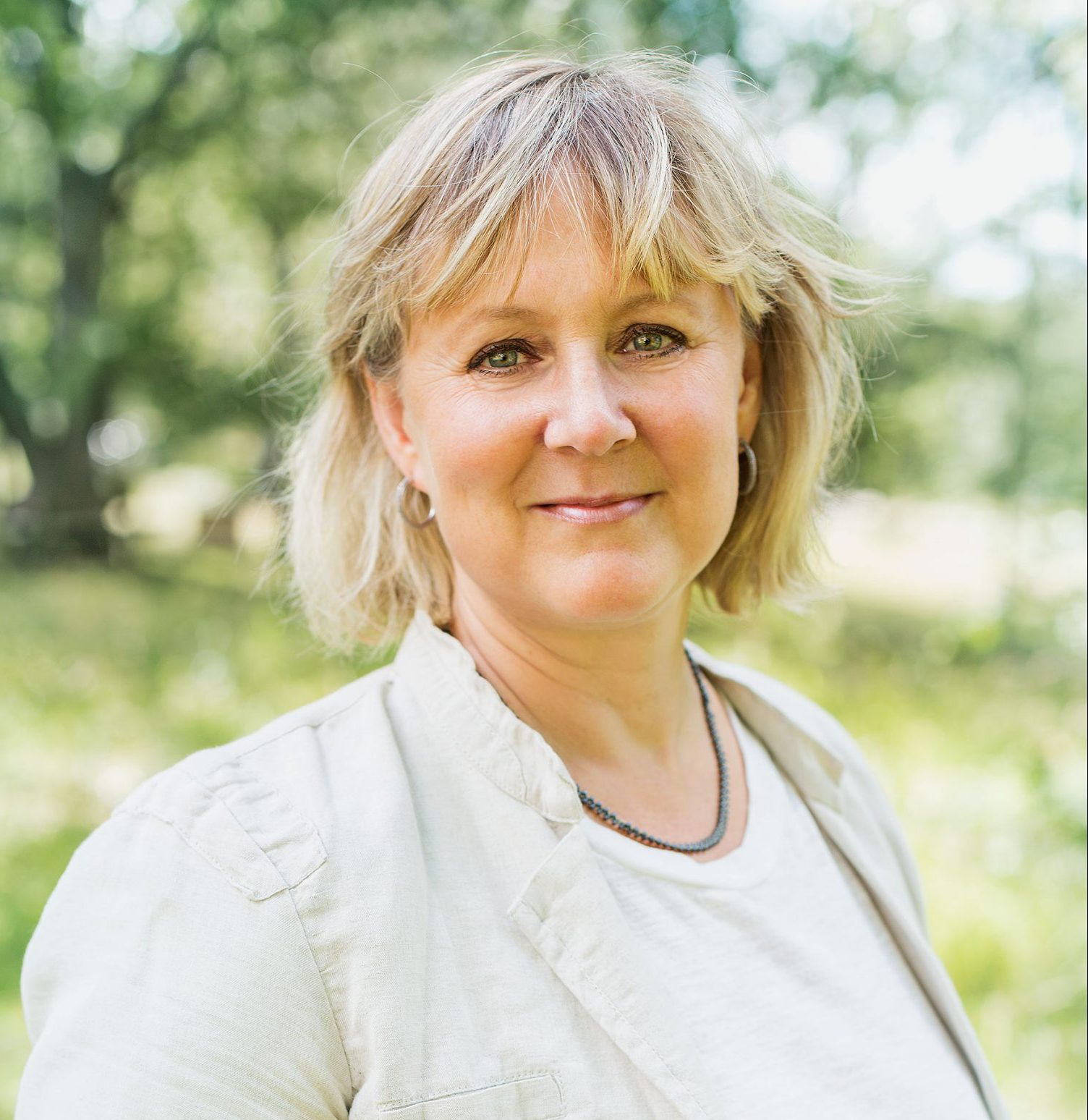
“Patient handling and movement is one of the most common healthcare situations in which work-related musculoskeletal injuries occur”
3rd of June 2022
Course leader presentation: Charlotte Wåhlin
Safe Patient Handling and Movement, 18th – 20th of October 2022, Scandic Linköping City, Linköping, Sweden
Charlotte Wåhlin, you are the course leader for our course “Safe Patient Handling and Movement”. Can you tell us a little something about yourself?
I work as an ergonomist and researcher at the unit of Occupational and Environmental Medicine at Linköping University Hospital in Sweden. My focus areas are patient and workplace investigations, knowledge sharing, teaching and conducting research. My main interests are evaluation of exposure at work, interventions at the workplace and, occupational safety and health. I am an associated professor and adjunct university lecture at Linköping University, Department of Health, Medicine and Caring Sciences. I am also an associated researcher at Karolinska Institutet in Stockholm.
I am the principal investigator for the research project Patient and Workers Safety Study (PAWSS). We have research funding for a project focusing on risk assessment and interventions promoting safe patient handling and movement (PHM) in the healthcare sector during 2021-2023, and we are collaborating with several stakeholders. I am the project leader during 2022, writing a Swedish national policy together with PhD student Sebastian Buck and a team for promotion of safe PHM. We received the assignment from the Swedish Agency for Work Environment Expertise.
Why do you think that safe patient handling and movement is an important and current issue to discuss in 2022
Patient handling and movement (PHM) is one of the most common healthcare situations in which work-related musculoskeletal injuries occur, a situation where also patients are injured. Based on research, we know that risk factors for MSD:s are multifactorial and interact with one another: physical workload; organizational and psychosocial factors; individual factors. Many times, we need to combine interventions at the workplace to facilitate safe PHM and prevent injuries among healthcare workers. In order for these interventions to be successful, an implementation strategy is needed in which management and healthcare workers collaborate.
A challenge for many workplaces is to actually assess the risk at the workplace and provide intervention on different levels, both the individual and organizational. During the course, we will discuss different topics in relation to how we can promote evidence based practice for improved occupational safety and health at workplaces facilitating safe PHM.
What do you want to say to the participants of the course?
The course will give you an updated overview of relevant research and policies for promoting safe PHM. We will have a special focus on prevention of musculoskeletal disorder, models of human factors and ergonomics in healthcare with a gender perspective, safety cultur, methods for risk assessment, interventions at the workplace, work equipment and training. Also how digital and practical courses can be designed and used for sharing knowledge and how we can evaluate the effect of different interventions. EU-OSHA’s Healthy Workplaces Campaign 2020-2022, Healthy Workplaces Lighten the Load, will be discussed.
We have gathered excellent teachers for the course that will share both theoretical and practical knowledge. As a participant you will have a nice opportunity for meeting, learning and discussing different topics during the course and also time for networking. I look forward to collaborate with you and welcome to join the course in Linköping, Sweden!
More information: Course webpage
Registration: Course registration
Last registration date: September 15th 2022
